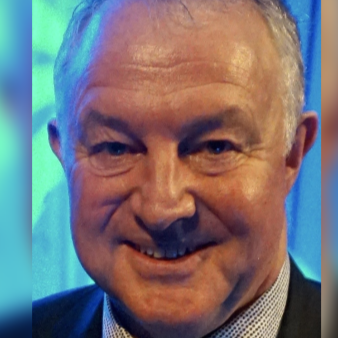The balloon's operational float altitude was 33.5km.
The project has provided a significant boost to the local economy.
In 2015, the it is estimated the benefits to both Wanaka and New Zealand were worth at least US$1.25 million.
Queenstown Airport, which manages Wanaka Airport on behalf of owner Queenstown Lakes District Council, has worked closely with NASA to secure the agreement.
The agreement has paved the way for NASA to invest in a longer term base of operations and, subject to required consents and approvals, it will move to land on the north-east side of Wanaka Airport and create a dedicated balloon launch pad.
Queenstown Airport chief executive Colin Keel believes the new arrangement is testimony to the confidence NASA has in Wanaka.
"The opportunity for Wanaka to host NASA's launches successfully in 2015 and 2016 was a real privilege and we're thrilled that it's culminated in the team making a long term commitment to invest in the region."
More than 60 NASA operations specialists, senior managers and scientists have made Wanaka their temporary home over the last two years, with another 35-strong team expected for this year's launch.
Members of NASA's Columbia Scientific balloon facility (CSBF) team will begin arriving in Wanaka this month along with scientists from the University of Chicago's Extreme Universe Space Observatory.
